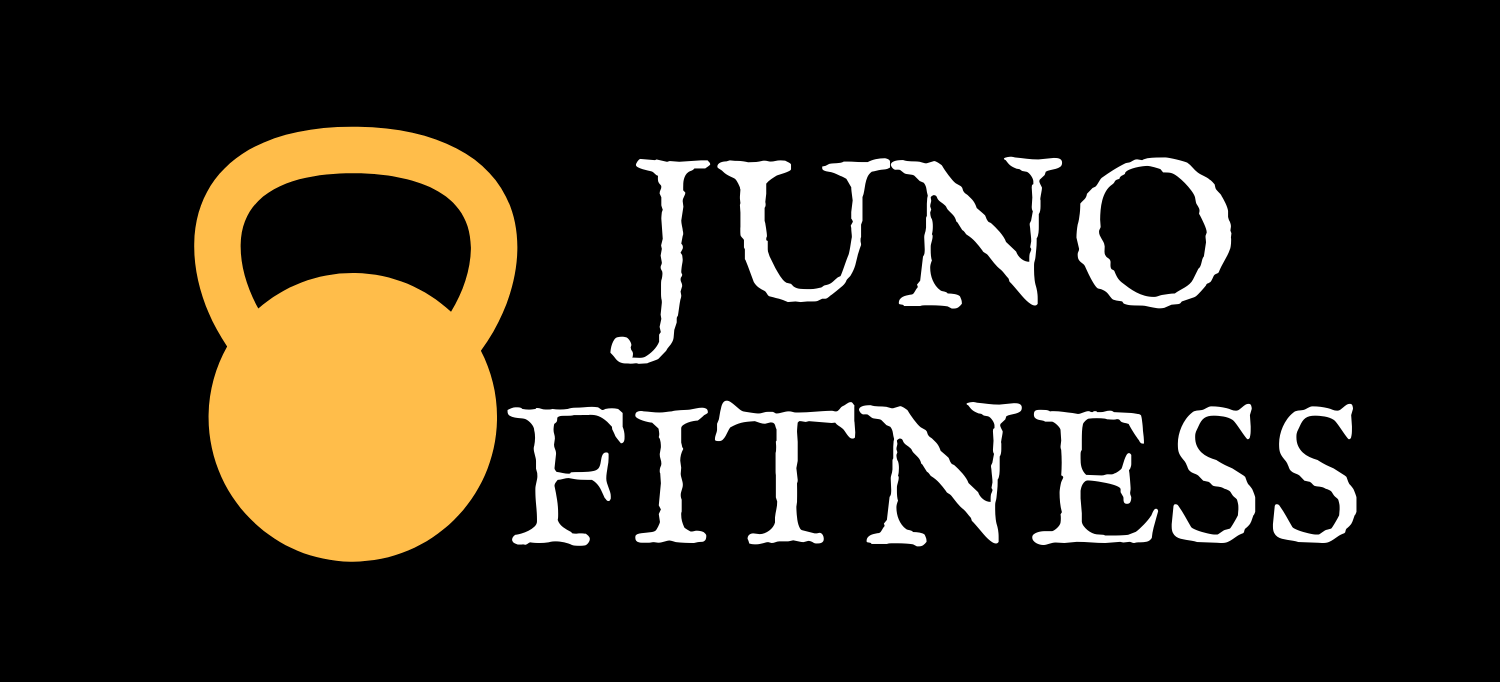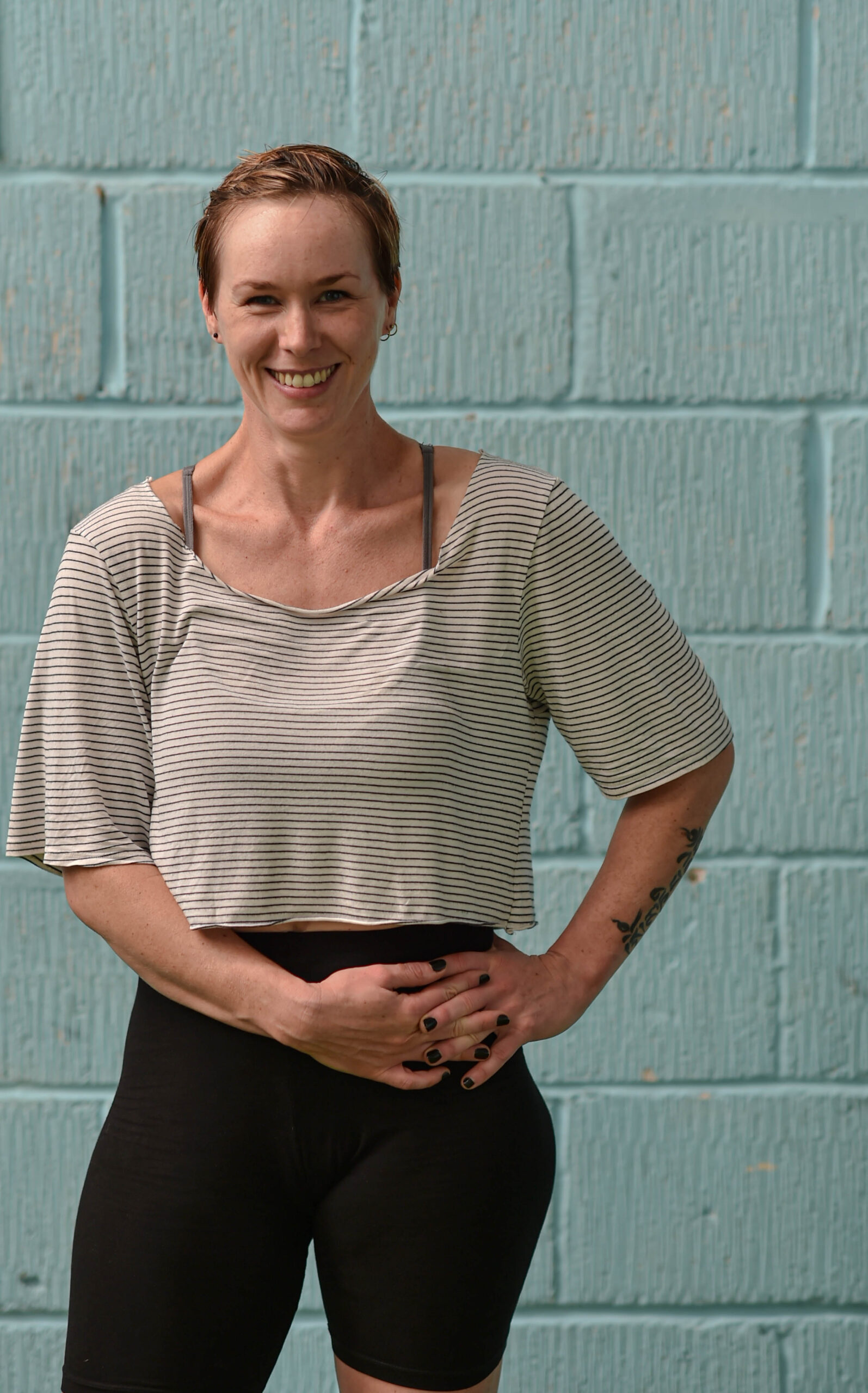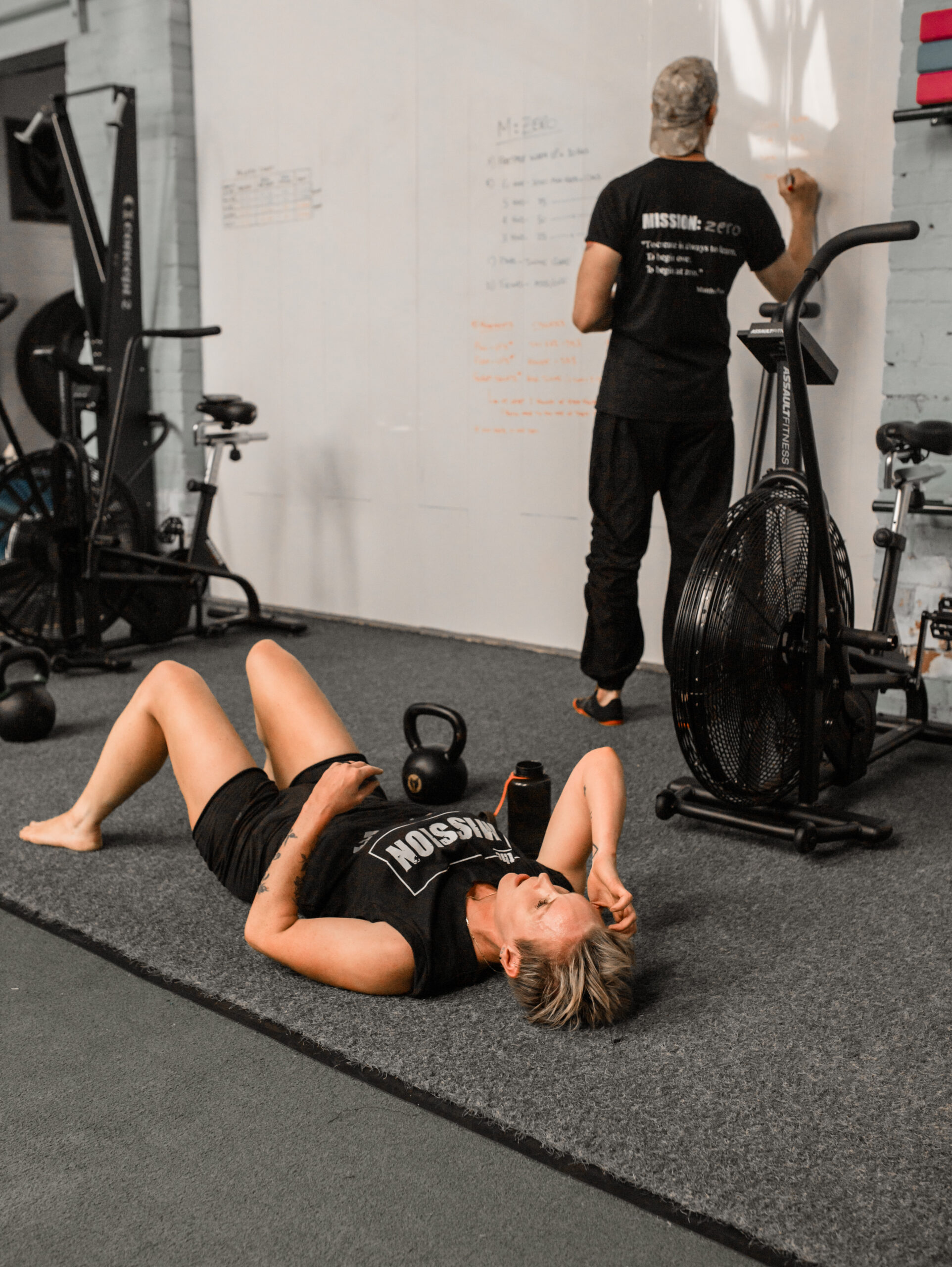In 2015, the US Army ditched sit-ups as part of its notoriously intense training regime – after research found they were responsible for 56 per cent of soldiers’ injuries.
And a chap called Stuart McGill, professor of spine biomechanics at the University of Waterloo, Canada, studied pig cadavers by flexing their spines in a similar way to someone doing sit-ups, but for hours at a time. He found the discs in the spine – the cartilage cushions that sit between vertebrae – had been squeezed to the point where they bulged, and a bulging – or slipped disc – in humans is probably something you don’t want.
Also if we think about this from a functional perspective; just how good do you want to get at leaning forwards anyway? Because that’s essentially what sit-ups are training you for. Biomechanically speaking, they go against the normal position of the spine.
They aren’t giving you a strong core in the way that you might think.
Sit-ups put excessive pressure on the abdominal cavity, which can strain the pelvic floor and lead to prolapse (dropping) of the bladder, uterus, or other organs in the pelvic region. This increases the risk of pelvic floor injury. We definitely don’t need that!
So what DO we need?
Let’s think about it logically – a strong core resists motion; it’s stiff and stable. It doesn’t get pulled around easily, it isn’t floppy. It stays still while you move around it.
You might be surprised to hear that the goal of core strengthening should first and foremost be to create a correct breathing pattern, by far the most essential core exercise. Then you can work on resisting movement whilst maintaining that breathing pattern.
I’m not sure where our abdominal fixation came from. It has to go pretty far back because we’ve got plenty of ripped Greek statues.
It’s most definitely fuelled by that elusive marketing tactic that it The Ideal Body.
You’ve been sold on the idea that six packs mean health and strength, but let’s explore the purpose of abs first before we discuss how to properly train them.
The abdominal muscles – or “core” muscles – wrap around your midsection and serve 3 primary functions:
- Protect your internal organs
- Provide postural support
- Assist with breathing
The second part of “having abs” is simply being able to see those abdominal muscles. We all have abs, right?
When people say “I want abs” they’re typically not saying: “I would like better posture and to exhale more efficiently”.
Not all.
People really “wanting abs” because being able to show off chiselled stomach muscles has become a desirable character trait. It means something about us (but actually it doesn’t because it’s pretty much all genetics or starvation)
For example, can you see someone’s abs and yet these people are completely unhealthy or lack a strong core? Absolutely (abs-olutely teehee)
Can someone have a very healthy spine and core without being able to see abs? Most definitely. I can lift over twice my bodyweight but my genetics means that I carry some body fat across my belly.
Big deal. I can deadlift you.
My best exercises for strengthening your core are:
1. Learn how to breath using your diaphragm and pelvic floor, and then stress it by getting out of breath most days.
2. Learn how to do a plank properly (if you’re not shaking at 30 seconds you’re not tensing hard enough)
3. Turn your plank into press-ups.
4. Get good at hanging leg raises.
5. Use your plank strength and add glute strength with heavy swings.
6. Do heavy swings, snatches, get-ups, cleans, presses and squats.
7. Learn how to connect your lower body to your upper body (one of the hardest ways to recruit your core) in the ultimate way; pull-ups.
So with that in mind, here’s a good core workout for you:
Press-ups
Swings
Alternating clean and press
Swings
Hanging Leg Raises
30 seconds work, 30 seconds rest for 15 minutes



